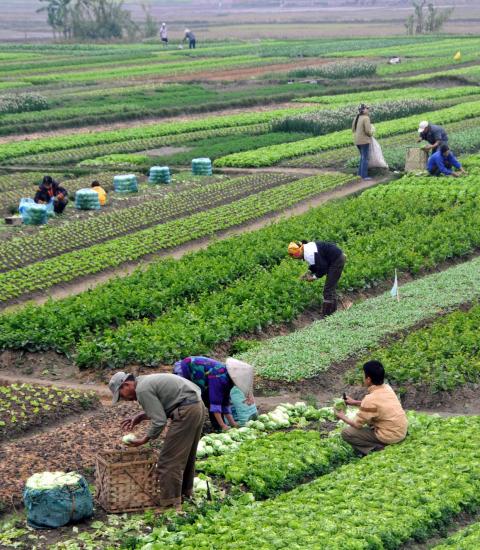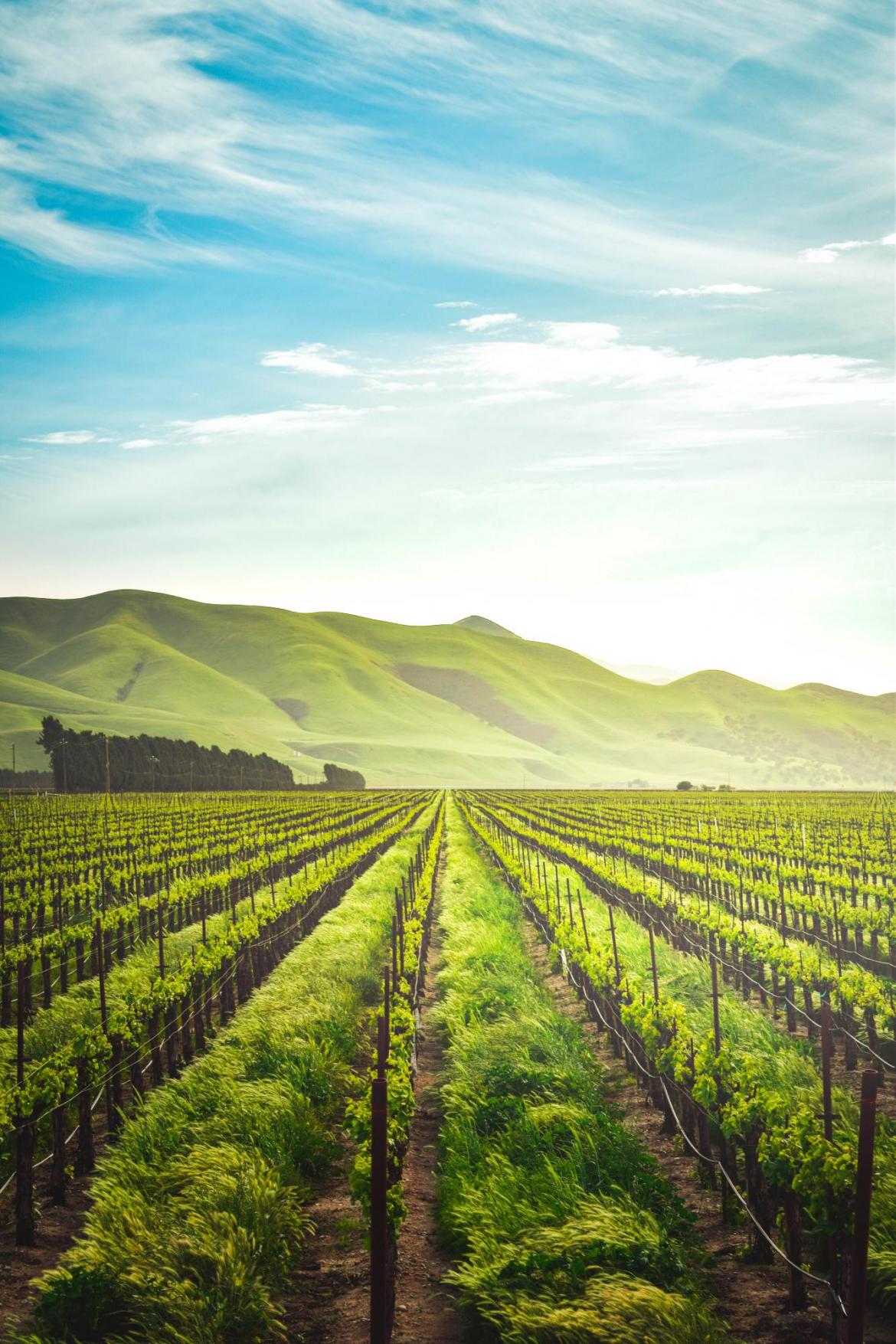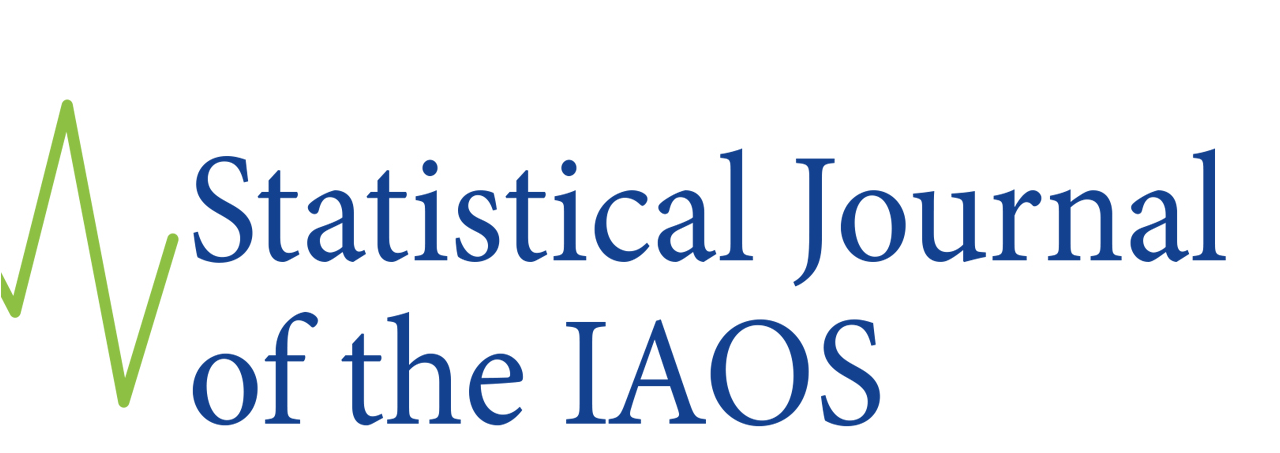
In the discussion, via a set of thought-provoking statements, the ambitions, structure, and content of the 50x2030 initiative will be proposed for reflection, as well as the role, structure, and governance aspects of such large international projects.
Statement 1. The Sustainable Development Goals have a monitoring system including 231 unique indicators, which even the most advanced and well-resourced NSOs struggle to report. Official statisticians have had a limited say in adopting many of these indicators, and now have to catch up and use scarce resources to fulfill this data demand.
Initiatives like 50x20303 can help low-resourced NSOs face some SDG reporting challenges, but should the whole SDG indicator framework be reassessed and refocused?
Statement 2. The 50x2030 Initiative has a specific focus on data use, which aims to expand the user base of survey data in low and lower-middle-income countries.
Is it realistic that NSOs and line ministries (like the Ministry of Agriculture), chronically understaffed and under-resourced, will lead to data use and analysis? Or should research and analysis be ‘democratized’ and efforts to enhance data use directed at strengthening research centers in academia or the private sector, with NSOs focusing on the core business of producing and disseminating data?
Statement 3. An increasing share of development financing for statistics and data collection for low-income countries is coming from foundations and bilateral partners.
Are these resources being channeled to where recipient countries need them most or are programs responding disproportionately to the data needs of donors? What mechanisms can be put in place to ensure that recipient countries have a greater say in the priority-setting processes?
Statement 4. In many countries, agricultural surveys are focused on strict agricultural data, such as cultivation area, yield, crop production, and animal numbers. Others even do not maintain a regular program of agricultural surveys. The production of the SDG 2.3.1, 2.3.2, and 2.4.1 indicators demands an agricultural system with comprehensive coverage of the agricultural activities and a large scope very far beyond the traditional agriculture surveys, with the introduction of specifically tailored questions, and a specific frequency of data collection. Integrated agricultural surveys are proposed as a cost-effective way to fulfill the requirements. It, however, implies long and complex questionnaires and data collection procedures for which implementation represents a challenge to any country.
Remote sensing data, administrative data, household surveys, and big data could be alternative sources for the SDGs 2.3.1, 2.3.2 indicators, and some of SDG 2.4.1 sub-indicators? Is it possible to produce comparable and adequate estimations for the mentioned indicators using such sources of data? In which cases and how? Would they be just complementary/auxiliary sources to be considered in the computation of the indicators? Which would be their most prominent contribution?
Statement 5. The 50x2030 Initiative is a statistical capacity-building program that can be characterized as a very large project. Such projects combine efforts for capacity building in several domains, using an integrative approach in both a variety of experts and support to receivers of capacity building and combining resources from several international organizations. Though, such capacity-building programs have clear advantages of opportunities for an integrative approach, good coordination of the organizations, and the specific parts of these projects. However, on the other hand, these programs ask for high-quality management, and support facilities and can be lacking the flexibility to quickly react to changing circumstances.
The readers are invited to comment on the weaknesses and strengths, the pros and contra’s of such large-scale capacity-building initiatives.


